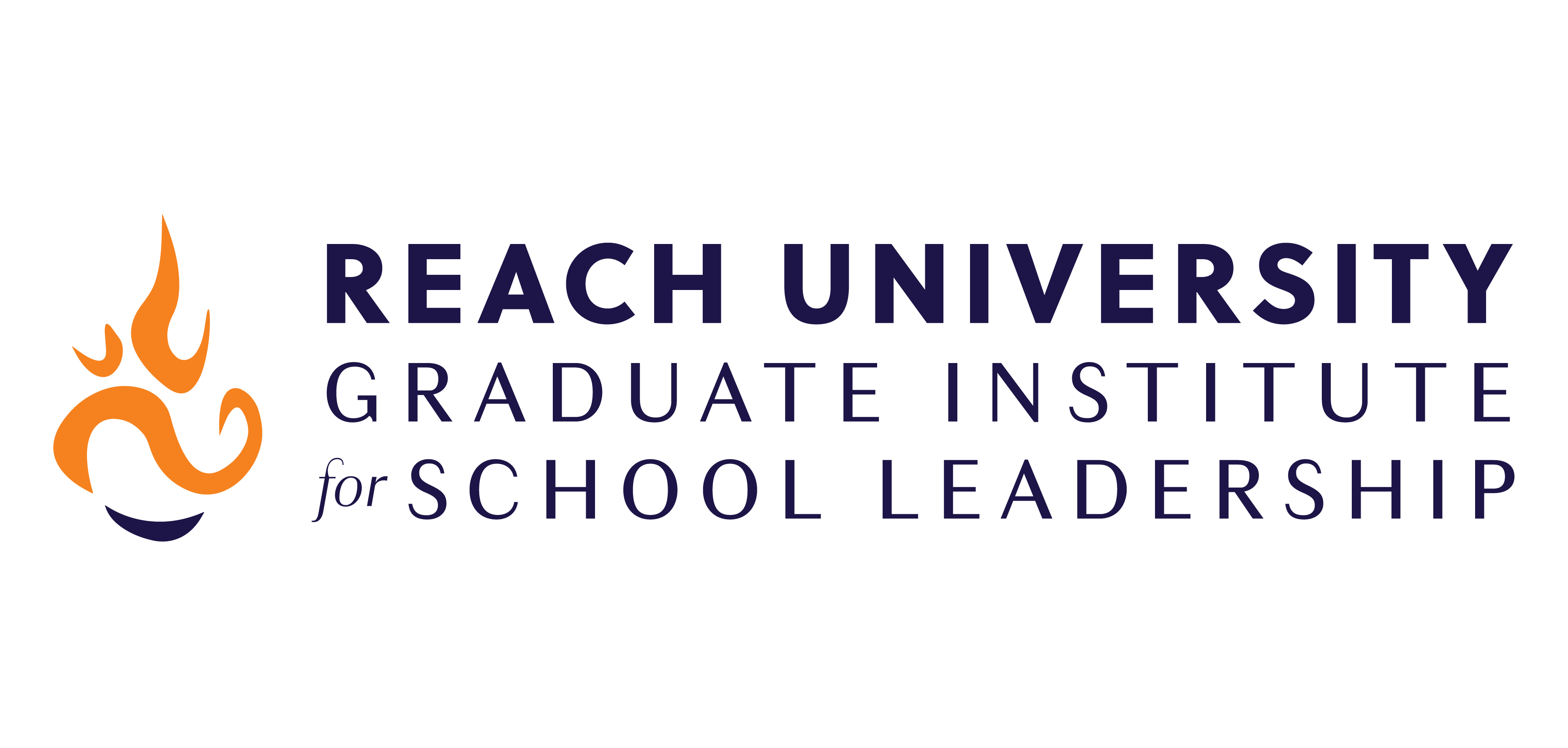Implementing Protocols to Support Student-talk

As the number of English Learners (ELs) steadily increases in our nation’s schools, the new and rigorous demands of Common Core State Standards (CCSS) have placed additional academic demands on these students resulting in a widening achievement gap. The review of literature has shown that as ELs are learning a new language, they must also be able to comprehend complex texts at grade-level, acquire academic vocabulary, and support their thinking with evidence from multiple texts to be successful in school. The research has shown that engaging students in academic discourse provides students opportunities to build and challenge ideas, to practice using academic vocabulary and to process what they are learning. Although past professional development in Bayside has focused on increasing the quantity of student-talk, the teachers of Bayside have struggled to provide structures promoting quality academic discourse. As an instructional leader at Bayside, I have designed an intervention to improve teacher efficacy in designing and implementing protocols that scaffold student-talk. The intervention focused on essential elements to include in a protocol, the logical sequencing of these elements, and the implementation of protocols in the classroom to support student-talk. During the month of the intervention, teacher efficacy increased in the areas of designing and implementing protocols in their classrooms. The results of the intervention revealed the importance of teacher planning time and the need for more training for teachers about how to model new learnings for students.

